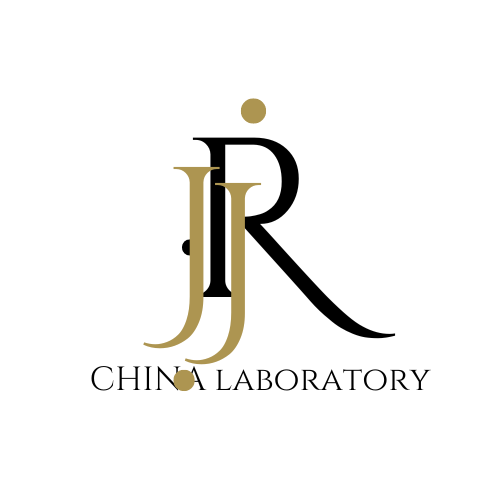
What are FCC Marking Requirements?
On November 2, 2023, the official FCC released new rules for the use of the FCC label, replacing the previous KDB 784748 D01 Part 15 & 18 v09r01 Guide with the updated KDB 784748 D01 General Labeling v09r02 Guide.
Key Updates on FCC Labeling Rules:
- Section 2.5 has been updated to include specific steps for obtaining the FCC label. Note 12 clarifies the differences between the fcc logo on the website and the FCC label shown in 47 CFR 2.1074. There is a subtle style difference between the logo on the website https://www.fcc.gov/logos and the version displayed in 47 CFR 2.1074. Either version of the logo can be used in conjunction with the SDoC device authorization program.
New FCC Labeling Rules:
The FCC label can only be used on products that have been tested, evaluated, and comply with the SDoC (Supplier's Declaration of Conformity) program. When the FCC label is used, a unique identification method or compliance information statement must also be provided unless the SDoC program is fully applicable to the product. The FCC label cannot be used on products exempt from rule authorization (e.g., devices under Section 15.103 exemptions or Section 15.3 incidental radiators).
Figure 1: FCC Label shown in 47 CFR 2.1074
Download Link for New Version FCC Logo:
The FCC logo for Sdoc compliance can be downloaded from https://www.fcc.gov/logos and includes versions in black, blue, and white.
Figure 2: FCC Logo as displayed on https://www.fcc.gov/logos
FCC Physical Labels:
Products certified by the FCC must have a nameplate or label displaying the fcc identifier (FCC ID) as defined in Section 2.925. The FCC ID label must be permanently affixed to the product's surface or within a user-accessible, non-removable compartment (e.g., battery compartment). The label must be clear and legible, matching the size of the device and its labeling area. For very small devices or those with broad usage where font size cannot meet the minimum requirement, the FCC ID can be included in the user manual. The FCC ID must also be placed on the product packaging or on removable labels.
FCC Electronic Labels:
Products with built-in displays or electronic screens may display the FCC ID, warning statements, and other required information electronically on the display. Certain RF devices also require labeling in the product packaging or need to electronically display the FCC ID and other information (such as model number). For these devices, an additional physical label should also be applied on the device or packaging for identification during import, marketing, and sales processes.
Considerations for Using the FCC Logo:
1. Voluntary Use: The use of the FCC Logo is voluntary and not mandatory under SDoC. Per FCC Rule 2.1074, clients can choose to use the FCC Logo in the SDoC certification program, but it is no longer a requirement.
2. Responsibility of the Declarant: For SDoC, the responsible party (such as a manufacturer, assembler, importer, retailer, or authorized party) must provide a declaration document in order to sell the product. The responsible party must:
- Be a U.S.-based company.
- Be able to provide product, test reports, and records to ensure compliance with fcc sdoc requirements during market audits.
- Include the compliance declaration document with the product's accompanying documentation.
3. Declaration Document Requirements: As per FCC Rule 2.1077, the declaration document must contain the following:
- Product information (name, model, etc.).
- FCC compliance warning (which may vary by product type).
- U.S. responsible party's information (company name, address, contact info).
JJR Lab Services in China:
JJR Lab in China offers efficient and reliable certification services for products requiring compliance with regulations from countries including the U.S. (NRTL, FCC, ENERGY STAR), Canada (ISED, SCC), the EU (CE), Australia (RCM), South Korea (KC), Japan (MIC), Singapore (IMDA), Hong Kong (OFCA), Taiwan (NCC, bsmi), Egypt (NTRA, GOEIC), Vietnam (MIC), Saudi Arabia (SASO, CITC), the Philippines (NTC), Thailand (NBTC), Malaysia (SIRIM), India (BIS, WPC, TEC), and more. These certifications ensure that your products can smoothly enter international markets amidst the growing barriers to global trade.
Email:hello@jjrlab.com
Write your message here and send it to us
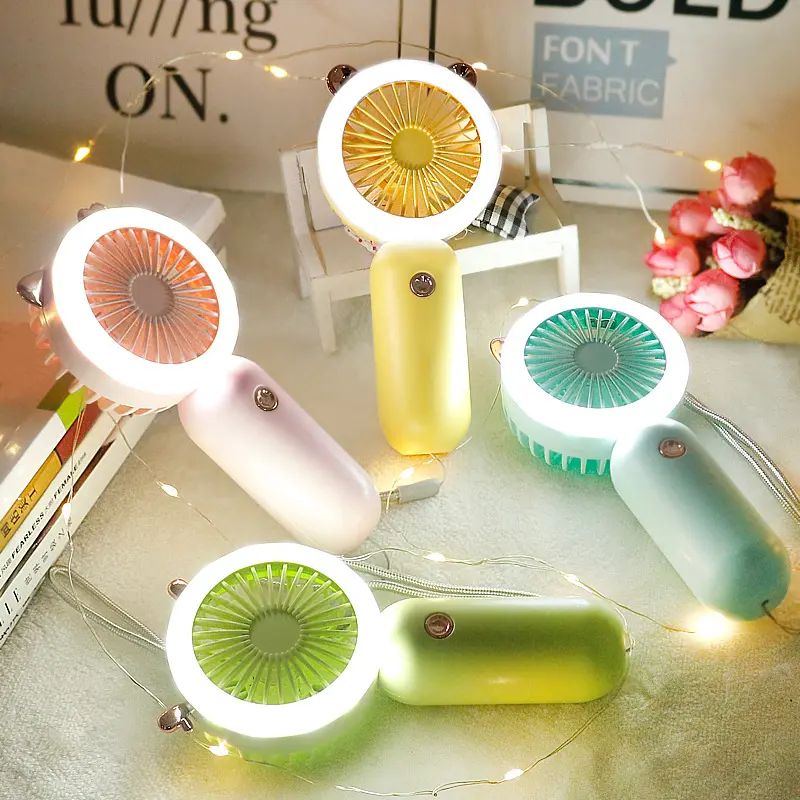 FCC Certification Fees for Handheld Fans
FCC Certification Fees for Handheld Fans
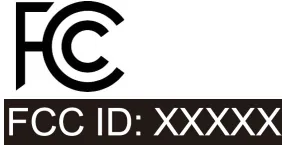 FCC Certification Testing for Smart Lighting Produ
FCC Certification Testing for Smart Lighting Produ
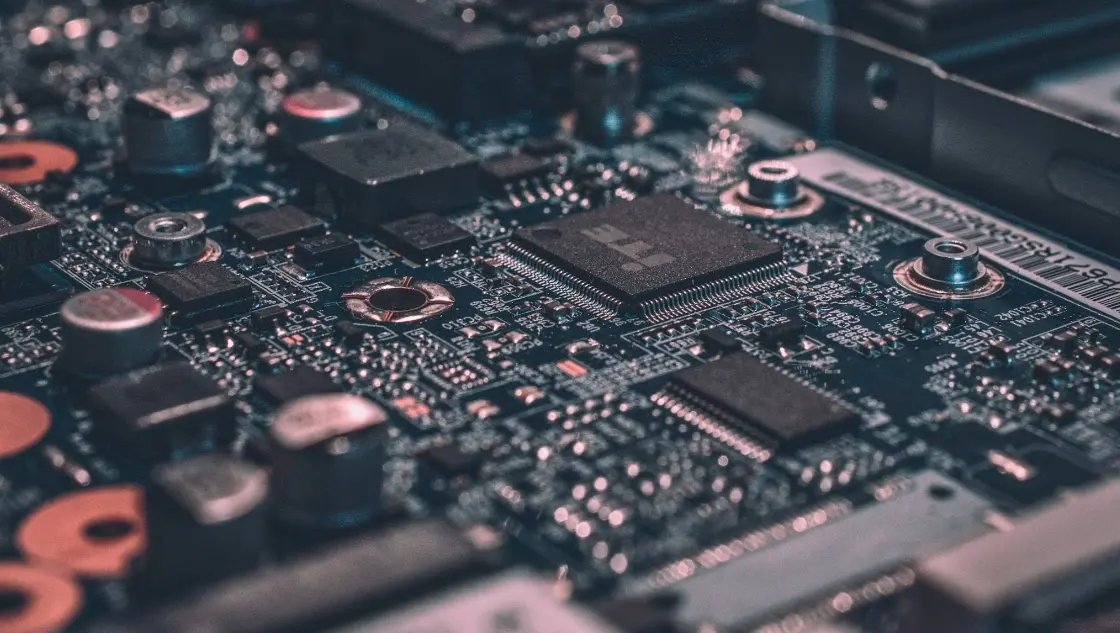 What is the ETSI EN 303 645 Testing Standard?
What is the ETSI EN 303 645 Testing Standard?
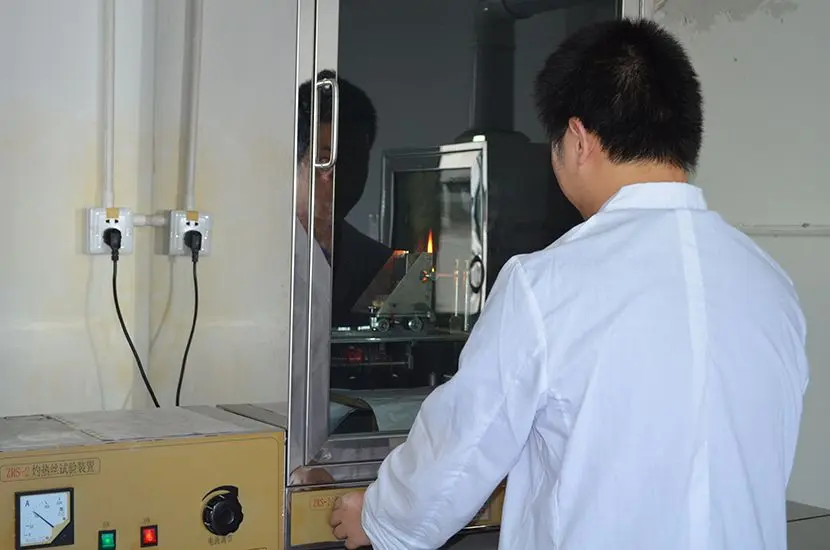 UL Compliance and ETL Certification for LED Lighti
UL Compliance and ETL Certification for LED Lighti
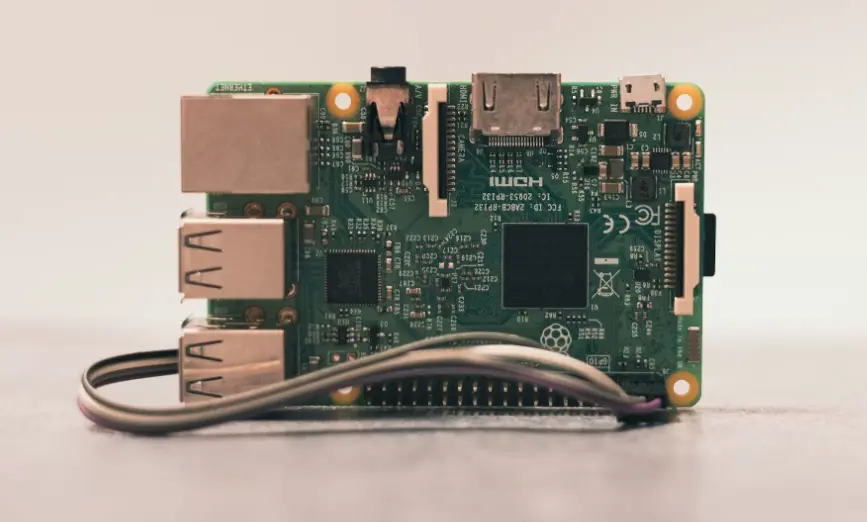 What is the IEC 60598 Standard?
What is the IEC 60598 Standard?
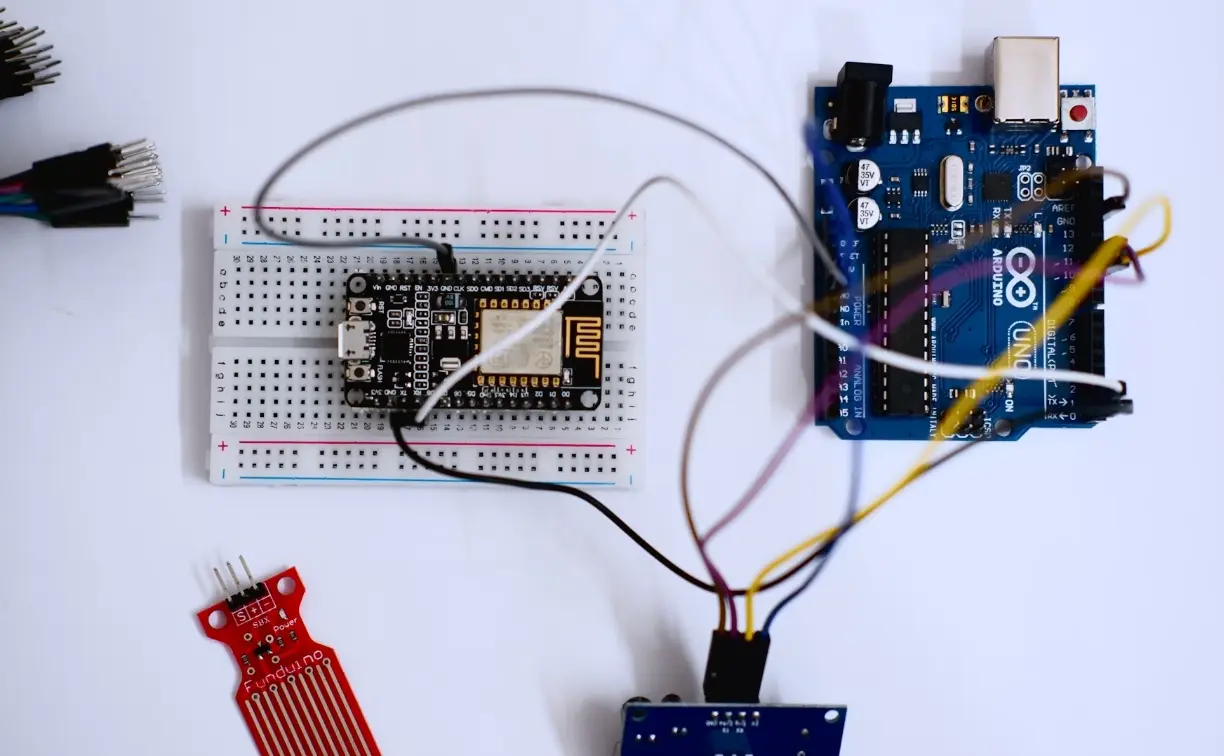 What is the Canada IC Logo?
What is the Canada IC Logo?
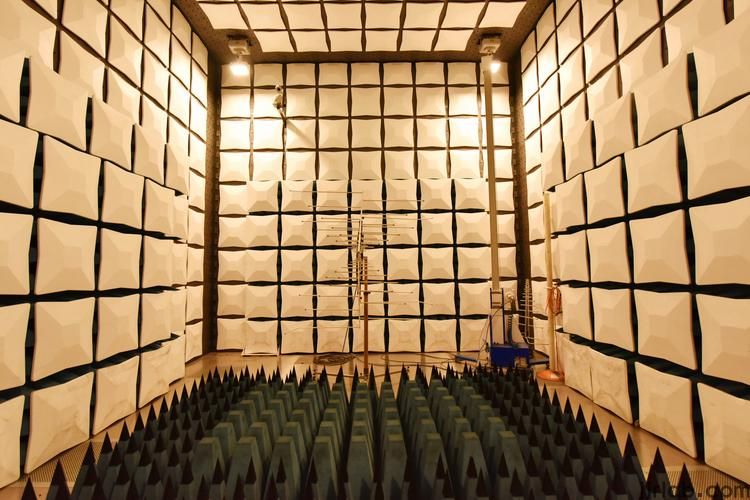 EMC Pre Compliance Testing
EMC Pre Compliance Testing
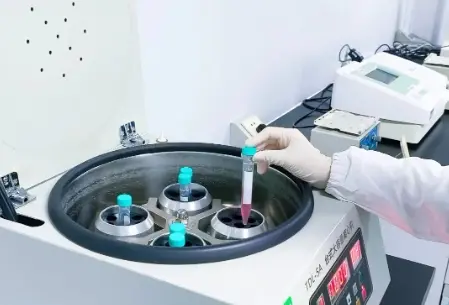 PAHs Testing (Food and Textile)
PAHs Testing (Food and Textile)
Leave us a message
24-hour online customer service at any time to respond, so that you worry!
